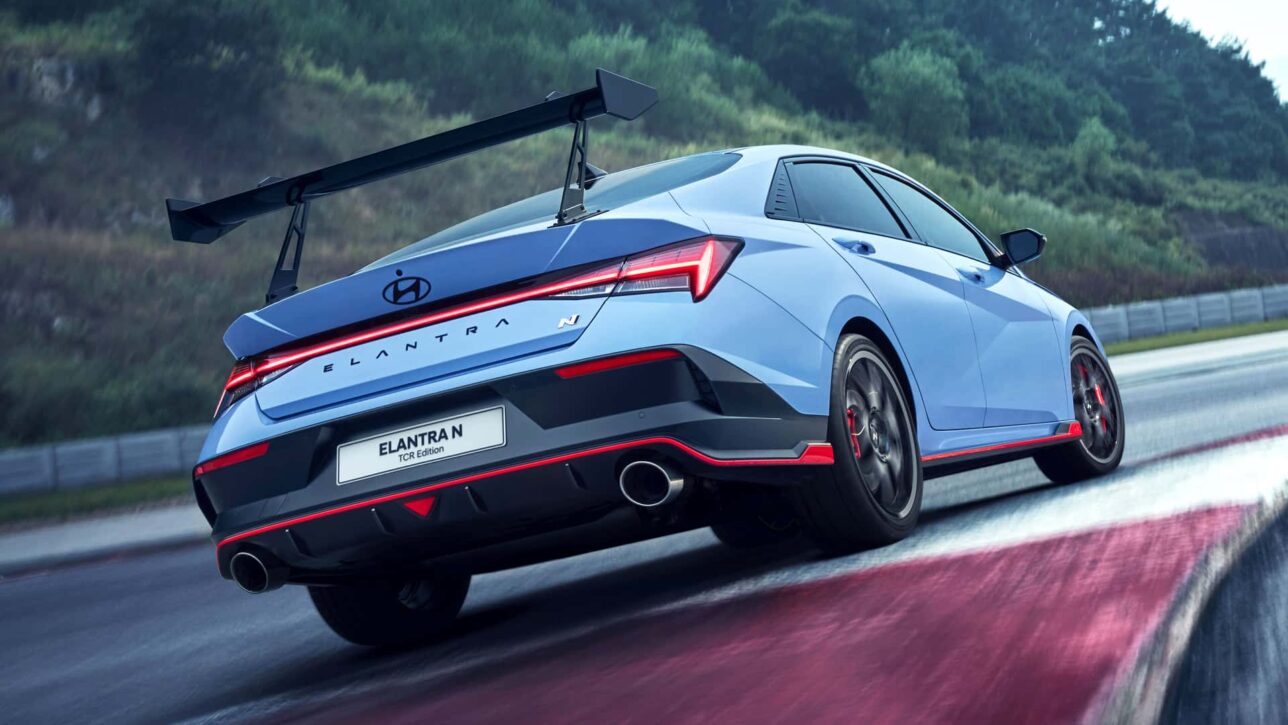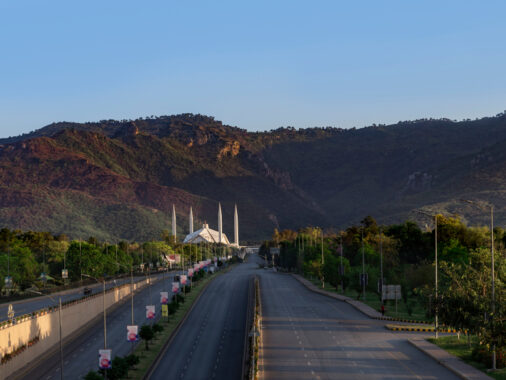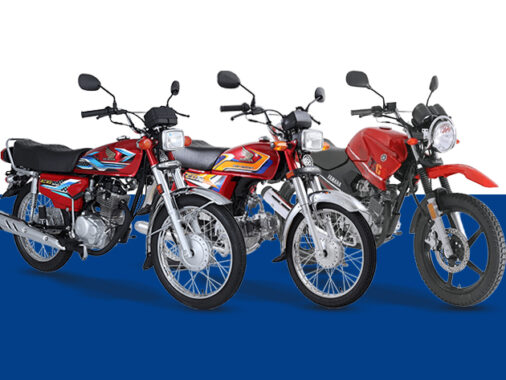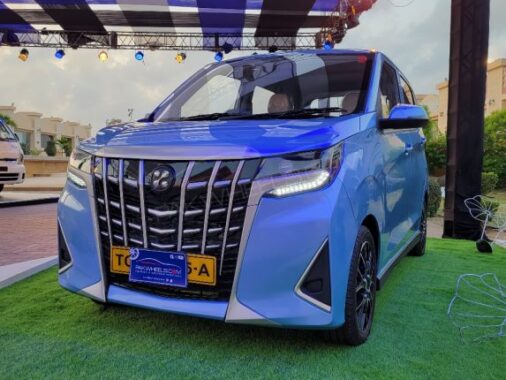Hyundai has unveiled a special edition of its performance-oriented Elantra N, the TCR Edition. While the car doesn’t boast any significant powertrain upgrades, it does come with a host of visual and design enhancements.
Style & Design
The most striking addition to the TCR Edition is the large, adjustable carbon fiber rear wing, inspired by the Elantra N TCR race car. This aerodynamic element not only enhances the car’s aggressive appearance but also improves downforce, particularly at higher speeds.
To complement the rear wing, the TCR Edition features 19-inch forged alloy wheels wrapped in high-performance tires. These lightweight wheels, combined with the upgraded brakes, contribute to improved handling and braking performance.
Inside the Cabin
Inside, the TCR Edition offers a sporty and driver-focused cabin. The interior is adorned with Alcantara accents, a performance-oriented steering wheel, and N-specific blue stitching.
Power & Performance
While the TCR Edition doesn’t receive any powertrain upgrades, it retains the potent 2.0-liter turbocharged engine that delivers 276 horsepower and 289 lb-ft of torque. Power is transmitted to the front wheels via an eight-speed dual-clutch automatic transmission.
Price & Availability
South Korea will be the first market to receive the performance sedan in December. Global markets, including the United States, are expected to follow in 2025.
If the special variant is introduced to the US market, it is anticipated to be priced higher than the current Elantra N, which starts at $35,100 (Rs. 9,755,000) for the manual transmission and $36,600 (Rs. 10,17,2007) for the dual-clutch automatic transmission.
for the future of the Elantra N, Hyundai has hinted at a potential successor with a larger engine. A move to a 2.5-liter turbocharged engine could further elevate the performance and driving experience of the next-generation model.
While the Elantra N is set to continue, the future of its European counterpart, the i30 N, seems less certain. Due to tightening emissions regulations in Europe, the development of a next-generation i30 N appears unlikely. What are your thoughts regarding this move? Tell us in the comments section.






